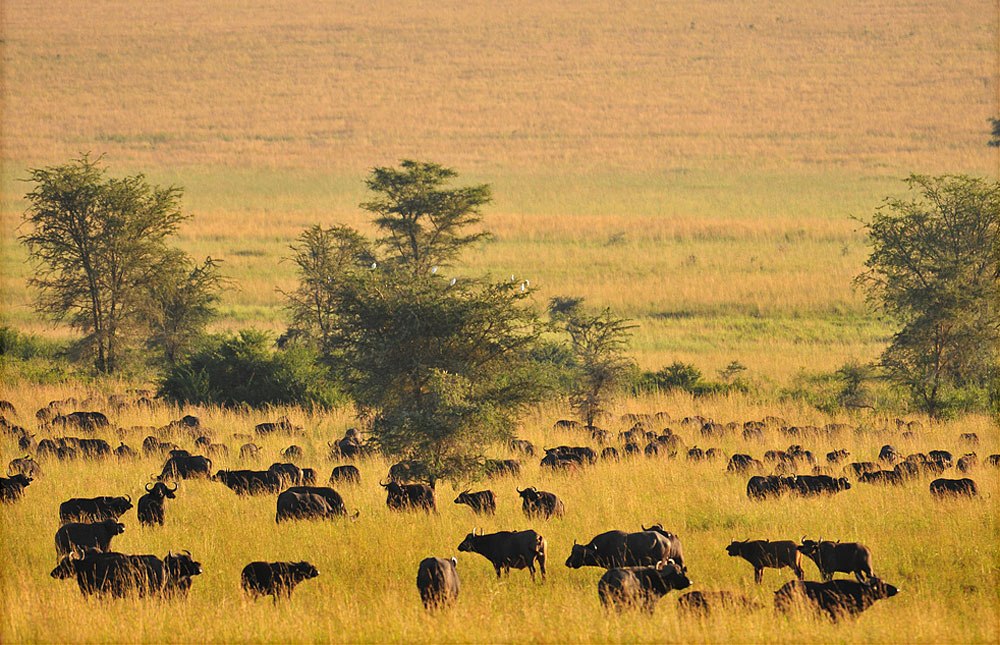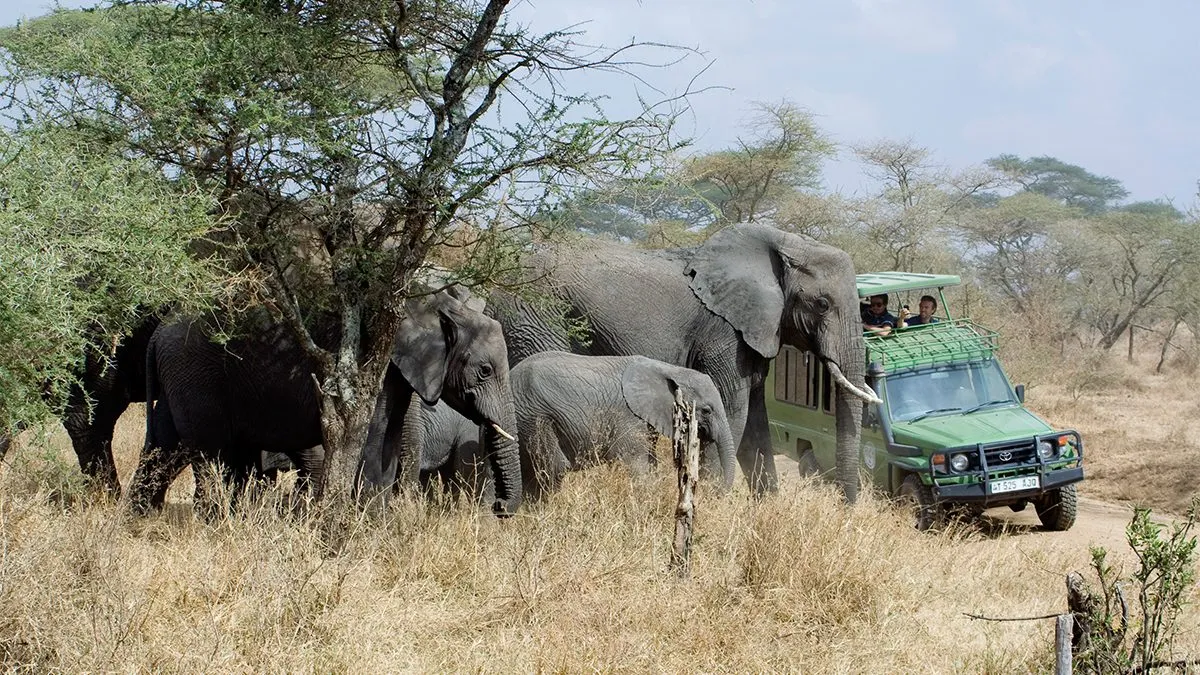Wildlife Watching
- Outdoor life refers to activities and experiences that take place in natural outdoor environments, such as forests, mountains, rivers, and national parks. - It encompasses a wide range of activities, including hiking, camping, birdwatching, fishing, hunting, wildlife photography, and nature exploration. - Outdoor life offers numerous physical and mental health benefits, including stress reduction, increased fitness, improved mood, and enhanced creativity. - It provides opportunities for individuals to disconnect from technology, bond with friends and family, and gain a deeper appreciation for the natural world. - Wildlife watching involves observing and studying wild animals in their natural habitats without disturbing or harming them. - It can be conducted in various locations, such as national parks, wildlife reserves, wetlands, and even in urban areas with significant wildlife populations. - Wildlife watching can be done with the naked eye or through the use of binoculars, spotting scopes, and cameras. - Popular animals that people enjoy watching include birds, mammals (such as deer, wolves, and bears), marine life (such as dolphins and whales), and reptiles (such as turtles and snakes). - Techniques for wildlife watching include patience, quietness, staying at a safe distance, and following ethical guidelines to ensure the welfare of both the animals and the observer.
Outdoor Life
1. Outdoor Life: 2. Wildlife Watching: 3. Benefits of Wildlife Watching: 4. Responsible Practices:
Recent Wildlife Watching
Kidepo Destination
Kidepo National Park is known for its diverse and abundant wildlife. It is home to over 77 mammal species, including elephants, lions, leopards, cheetahs, giraffes, zebras, buffaloes, and various antelope species such as elands, oribis, and Jackson's hartebeests. The park also boasts over 475 bird species, making it a popular destination for birdwatchers.
2. Scenic beauty: The park offers breathtaking landscapes and scenic beauty. It is surrounded by rugged mountains and hills, with the Na...


